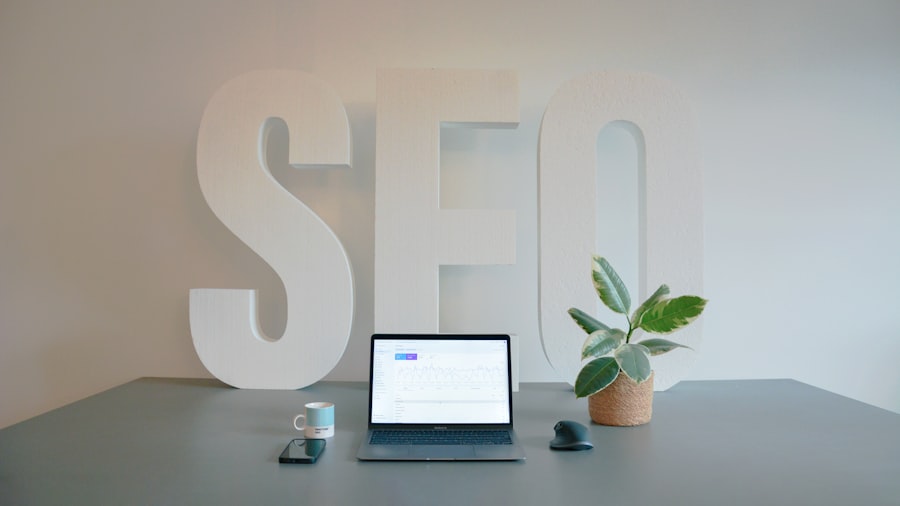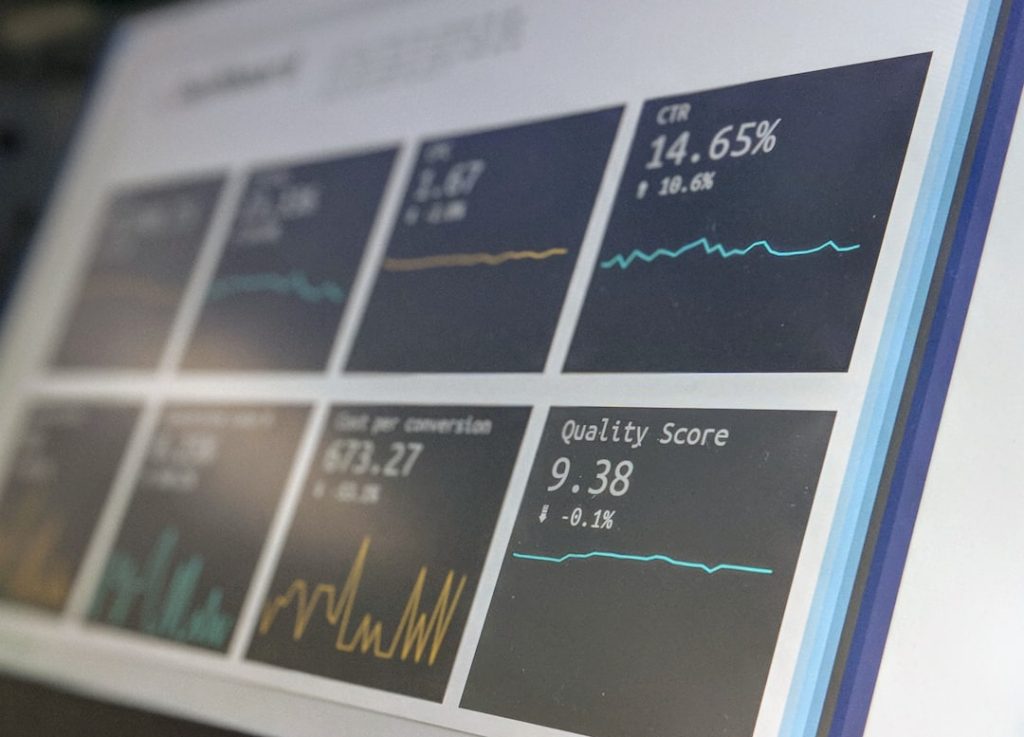Search Engine Marketing (SEM) is a digital marketing strategy that involves promoting websites by increasing their visibility in search engine results pages (SERPs) primarily through paid advertising. Unlike Search Engine Optimization (SEO), which focuses on organic search results, SEM encompasses a broader range of tactics, including pay-per-click (PPC) advertising, display ads, and remarketing. The primary goal of SEM is to drive traffic to a website by leveraging the power of search engines like Google, Bing, and Yahoo.
This approach allows businesses to reach potential customers at the exact moment they are searching for products or services, making it a highly effective method for generating leads and conversions. The landscape of SEM is continually evolving, influenced by changes in technology, user behavior, and search engine algorithms. As more businesses recognize the importance of online visibility, competition for ad space has intensified.
This has led to the development of sophisticated bidding strategies and targeting options that allow marketers to reach specific demographics and interests. Understanding the nuances of SEM is crucial for businesses looking to maximize their online presence and achieve their marketing objectives. By effectively utilizing SEM, companies can not only increase their visibility but also enhance brand awareness and drive sales.
Key Takeaways
- Search Engine Marketing (SEM) is essential for driving targeted traffic to your website.
- Clear campaign goals help focus efforts and measure success effectively.
- Selecting relevant keywords is crucial for reaching the right audience.
- Compelling ad copy and optimized landing pages improve conversion rates.
- Continuous monitoring, analysis, and adjustments maximize ROI and campaign performance.
Setting Clear Goals for Your Campaign
Establishing clear goals is a fundamental step in any successful SEM campaign. Without well-defined objectives, it becomes challenging to measure success or determine the effectiveness of your strategies. Goals should be specific, measurable, achievable, relevant, and time-bound (SMART).
For instance, a business might aim to increase website traffic by 30% over the next three months or generate 100 new leads within a specific timeframe. These goals provide a clear direction for the campaign and help in evaluating its performance. Moreover, setting goals allows marketers to align their SEM strategies with broader business objectives.
For example, if a company’s primary aim is to boost sales, the SEM campaign should focus on driving high-quality traffic that is more likely to convert. This could involve targeting specific keywords related to products or services that have historically shown higher conversion rates. By establishing clear goals, marketers can prioritize their efforts and allocate resources more effectively, ensuring that every aspect of the campaign contributes to achieving desired outcomes.
Choosing the Right Keywords

Keyword selection is a critical component of any SEM strategy. The right keywords can significantly impact the visibility of your ads and the quality of traffic directed to your website. To choose effective keywords, marketers must conduct thorough research to understand what terms potential customers are using when searching for products or services.
Tools like Google Keyword Planner, SEMrush, and Ahrefs can provide valuable insights into search volume, competition levels, and related keywords. In addition to identifying high-volume keywords, it’s essential to consider long-tail keywords—phrases that are more specific and typically longer than standard keywords. Long-tail keywords often have lower competition and can attract more qualified leads.
For example, instead of targeting the broad keyword “shoes,” a retailer might focus on “women’s running shoes for flat feet.” This specificity not only helps in reaching a more targeted audience but also increases the likelihood of conversion since users searching for long-tail keywords often have a clearer intent. Balancing between high-volume and long-tail keywords is crucial for creating a well-rounded keyword strategy that maximizes both reach and relevance.
Creating Compelling Ad Copy
| Metric | Description | Typical Range | Importance |
|---|---|---|---|
| Click-Through Rate (CTR) | Percentage of users who click on the ad after seeing it | 1% – 10% | High – Indicates ad relevance and appeal |
| Conversion Rate | Percentage of users who complete a desired action after clicking | 2% – 20% | High – Measures effectiveness of ad copy in driving actions |
| Ad Relevance Score | Rating of how relevant the ad is to the target audience | 1 – 10 | Medium – Helps improve ad placement and cost efficiency |
| Cost Per Click (CPC) | Average cost incurred for each click on the ad | Varies by industry | Medium – Influences budget and ROI |
| Engagement Rate | Percentage of users interacting with the ad (likes, shares, comments) | 0.5% – 5% | Medium – Reflects ad’s ability to engage audience |
| Headline Length | Number of characters in the ad headline | 30 – 60 characters | High – Short, clear headlines perform better |
| Call-to-Action (CTA) Presence | Whether the ad includes a clear CTA | Yes / No | High – Drives user action |
| Emotional Appeal | Use of emotional triggers in ad copy | Low / Medium / High | High – Enhances connection and motivation |
Once the keywords are selected, the next step is crafting compelling ad copy that captures attention and encourages clicks. Effective ad copy should be concise yet informative, highlighting the unique selling propositions (USPs) of the product or service being advertised. It’s essential to incorporate the chosen keywords naturally within the ad text to improve relevance and quality scores in platforms like Google Ads.
In addition to clarity and relevance, emotional appeal plays a significant role in ad copy effectiveness. Marketers should aim to evoke emotions that resonate with their target audience, whether it’s excitement, urgency, or curiosity. For instance, using phrases like “limited time offer” or “exclusive deal” can create a sense of urgency that prompts users to take immediate action.
Furthermore, including a strong call-to-action (CTA) is vital; phrases such as “Shop Now,” “Get Started,” or “Learn More” guide users on what steps to take next. By combining persuasive language with strategic keyword placement and clear CTAs, marketers can create ad copy that not only attracts clicks but also drives conversions.
Optimizing Landing Pages
The landing page is where users arrive after clicking on an ad, making it a crucial element of the SEM campaign. An optimized landing page should provide a seamless user experience while aligning closely with the ad copy that brought users there. Consistency between the ad and landing page content helps maintain user trust and reduces bounce rates.
If an ad promises a specific product or offer, the landing page must deliver on that promise without any discrepancies. In addition to content alignment, several factors contribute to landing page optimization. Page load speed is critical; slow-loading pages can lead to high abandonment rates.
According to studies, even a one-second delay in loading time can result in significant drops in conversion rates. Mobile optimization is equally important as an increasing number of users access websites via mobile devices. Ensuring that landing pages are responsive and easy to navigate on smaller screens can enhance user experience and improve conversion rates.
Incorporating elements such as testimonials, trust badges, and clear forms can further enhance credibility and encourage users to take action.
Monitoring and Analyzing Campaign Performance

Monitoring and analyzing campaign performance is essential for understanding how well your SEM strategies are working. Various metrics can provide insights into different aspects of the campaign, including click-through rates (CTR), conversion rates, cost per click (CPC), and return on ad spend (ROAS). By regularly reviewing these metrics, marketers can identify trends and patterns that inform future decisions.
Tools like Google Analytics and Google Ads provide comprehensive reporting features that allow marketers to track performance in real-time. For instance, analyzing CTR can help determine how effective your ad copy is at attracting clicks; a low CTR may indicate that your ads are not resonating with your target audience or that your keywords need refinement. Similarly, monitoring conversion rates can reveal whether your landing pages are effectively converting visitors into customers.
By continuously analyzing these metrics, marketers can make data-driven decisions that enhance campaign performance over time.
Adjusting and Tweaking Your Campaign
The dynamic nature of digital marketing necessitates ongoing adjustments and tweaks to SEM campaigns. Based on performance data gathered during monitoring, marketers should be prepared to make changes to various elements of their campaigns—this could include adjusting bids for certain keywords, refining ad copy based on CTR performance, or even reallocating budget towards higher-performing campaigns. A/B testing is an effective method for optimizing campaigns through experimentation.
By creating multiple versions of ads or landing pages and testing them against each other, marketers can identify which variations yield better results. For example, testing different headlines or CTAs can provide insights into what resonates most with your audience. Additionally, seasonal trends or changes in consumer behavior may warrant adjustments in targeting strategies or keyword focus.
Staying agile and responsive to performance data ensures that campaigns remain effective in achieving their goals.
Measuring and Reporting on ROI
Measuring return on investment (ROI) is crucial for evaluating the overall success of an SEM campaign. ROI provides insights into how effectively marketing dollars are being spent relative to the revenue generated from those efforts. To calculate ROI for an SEM campaign, marketers typically use the formula: (Revenue from Campaign – Cost of Campaign) / Cost of Campaign x 100%.
This calculation helps determine whether the campaign is profitable or if adjustments are needed. Reporting on ROI involves not only presenting numerical data but also contextualizing it within broader business objectives. Marketers should highlight key performance indicators (KPIs) that align with campaign goals—such as increased sales volume or improved brand awareness—and provide insights into how these metrics contribute to overall business growth.
Regular reporting fosters transparency within organizations and helps stakeholders understand the value generated from SEM investments. By effectively measuring and reporting on ROI, businesses can make informed decisions about future marketing strategies and budget allocations.




